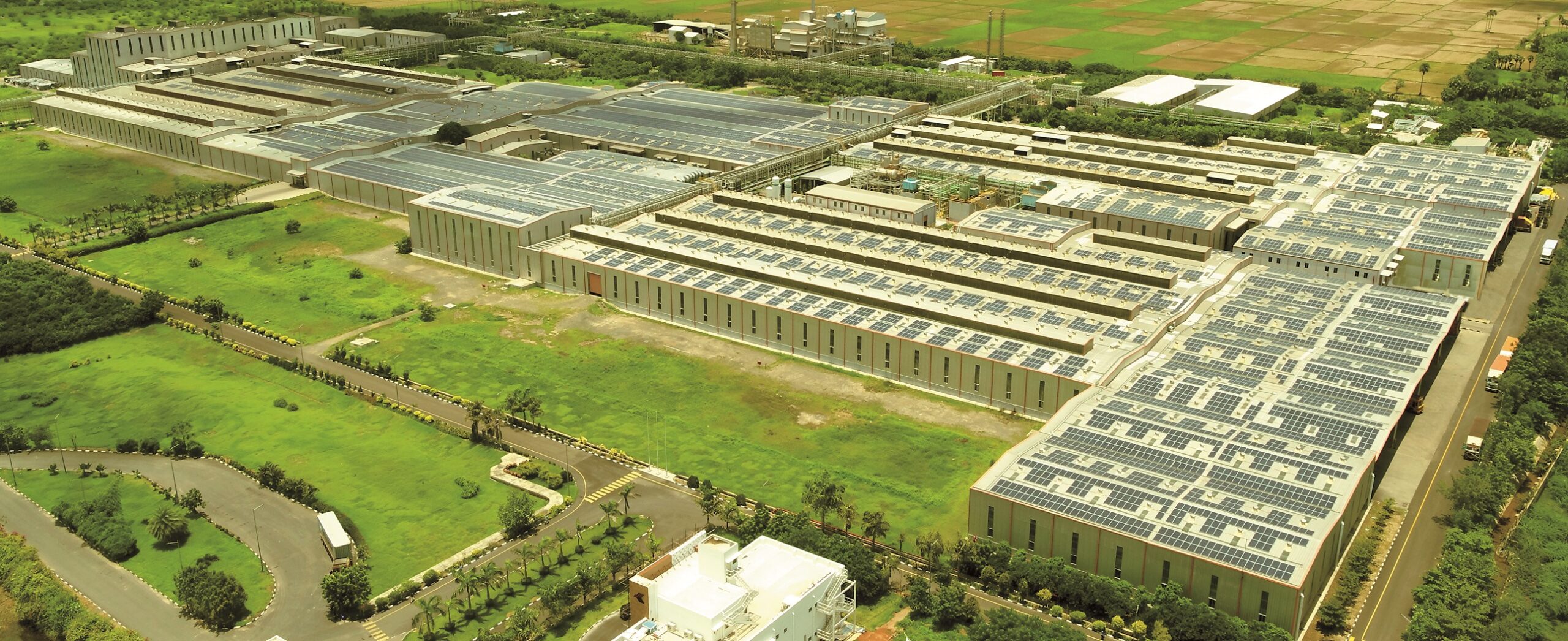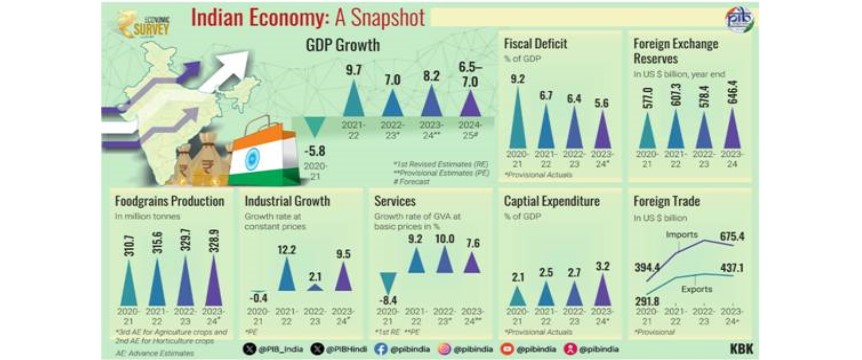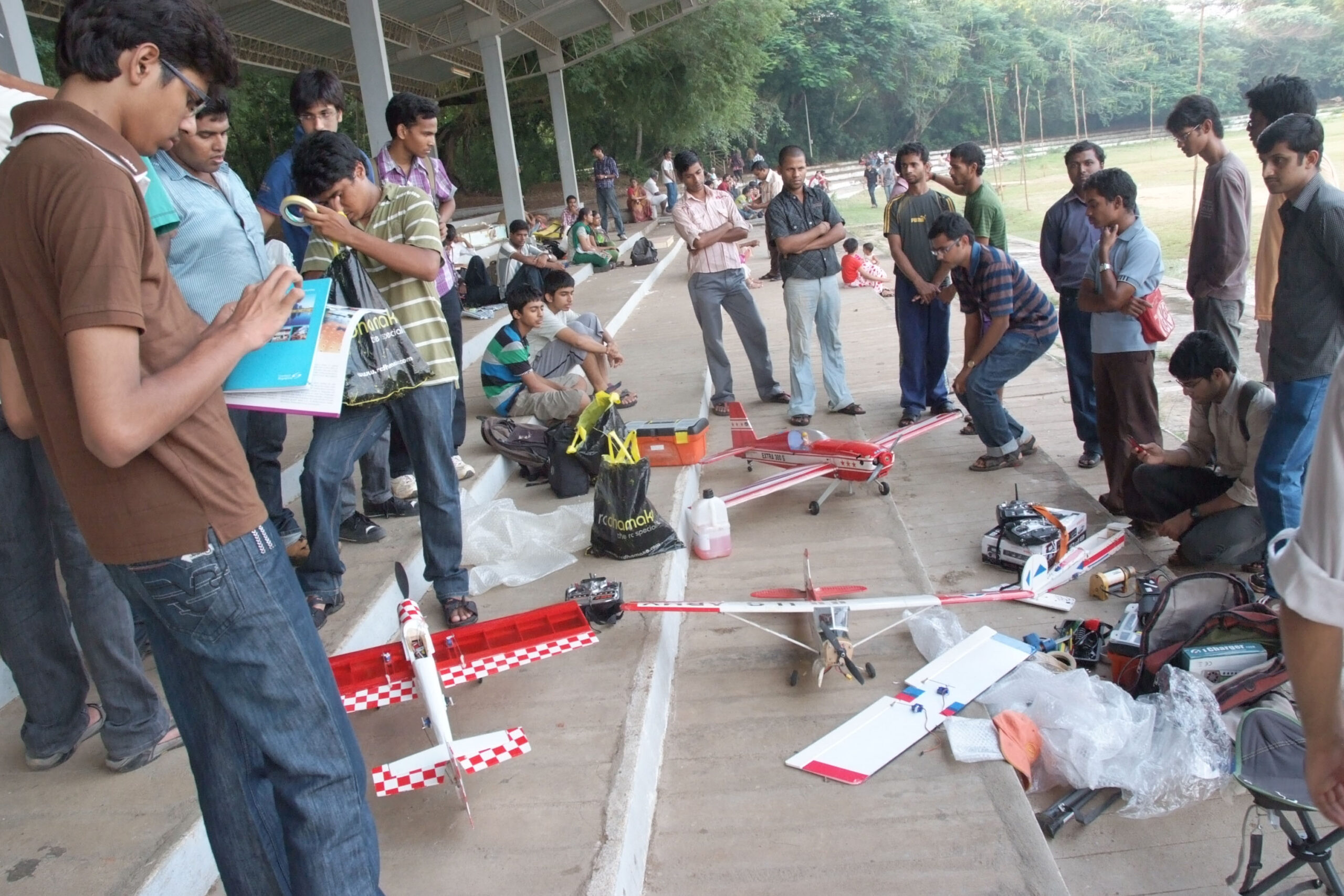While India was one of the fastest growing aviation market in the world before the covid-19 pandemic struck, the air passenger traffic has almost returned to that level in the year 2022-23. Until 2020, Indian airports witnessed robust double-digit Compound Annual Growth Rate of 12.4 per cent in terms of total passenger traffic. Recovering well from the impact of Covid-19, Indian aviation industry is again on the growth trajectory and the total passenger traffic has recovered to the tune of 96 per cent during 2022-23, a release stated.
In the last twelve months, two greenfield airports namely, Rajkot in Gujarat and Shivamogga in Karnataka have been operationalized. In addition, new terminals buildings at Trichy, Ayodhya, Surat, Chennai, Tezu, Kanpur and Port Blair airports have been developed. While there were just 74 scheduled operational airports in country, as on date there are 149 operational airports in the country, according to the information provided by the Minister of State in the Ministry of Civil Aviation Gen. (Dr) V. K. Singh (Retd) in a written reply to a question in Lok Sabha today.
Pre-COVID Aviation Landscape in India
Before the COVID-19 pandemic swept the globe, the aviation industry in India was soaring to new heights, quite literally. Fueled by a burgeoning middle class and a surge in disposable income, air travel had become more accessible to a wider segment of the population than ever before. This upward trajectory was underpinned by several key factors, painting a picture of rapid growth and development within the sector.
One of the most striking features of the pre-COVID aviation scene in India was its remarkable expansion. Major airlines such as IndiGo, SpiceJet, Jet Airways (prior to its financial downturn), and Air India were rapidly expanding their fleets and route networks to meet the escalating demand for air travel. Among these, IndiGo emerged as a dominant force, thanks to its low-cost model and efficient operations, capturing a significant market share and setting the pace for its competitors.
This growth was not confined solely to the airlines themselves; it also extended to infrastructure development. Recognizing the need to accommodate the burgeoning air traffic, substantial investments were made in airport infrastructure across the country. New airports sprouted up, and existing ones underwent extensive expansion and modernization efforts to handle larger volumes of passengers and aircraft. These infrastructural enhancements were vital in ensuring smoother operations and improving the overall passenger experience.
The central government played a pivotal role in fostering this growth through various initiatives and policy measures. The launch of the Regional Connectivity Scheme (UDAN) aimed to enhance air connectivity to underserved and remote regions, facilitating greater accessibility and mobility for citizens across the country. Additionally, policies were introduced to encourage foreign direct investment (FDI) in the aviation sector, paving the way for increased participation of international players in the Indian market. These governmental interventions were instrumental in creating a conducive environment for the industry to thrive.
However, amid the euphoria of growth, the aviation sector in India also grappled with a host of challenges. High operating costs, regulatory bottlenecks, infrastructure constraints, and cut-throat competition among airlines posed significant hurdles to sustainable expansion. Issues such as airspace congestion and regulatory delays often resulted in flight disruptions and increased operational costs for airlines, underscoring the need for comprehensive reforms and strategic planning to address these systemic challenges.
With a burgeoning market, robust infrastructure development, and government support, the sector seemed poised for continued expansion and evolution when the pandemic struck. Four years later, the recovery seems to be complete, at least in terms of passenger traffic.



